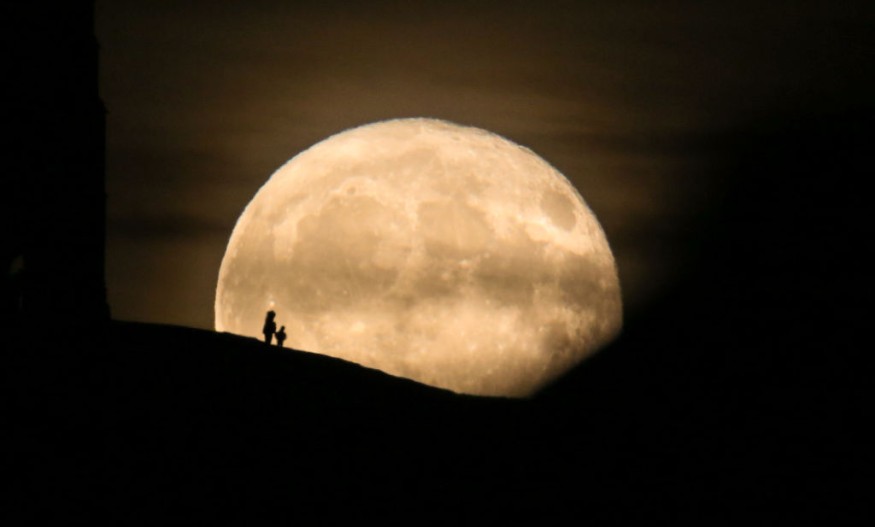This week marks the ascent of the second-to-last full moon of 2023, the "Beaver Moon," noted for its early rise since spring. November's radiant Beaver Moon reaches its peak brightness on Monday, November 27, offering a dazzling spectacle. Explore details on rise times, the origin of the "Beaver" Moon name, and optimal viewing days influenced by lunar phases.

Best Time To See the Beaver Moon Rise
The full "Beaver Moon" will be visible in the eastern part of the night sky on Monday. This occurrence arises as Earth aligns between the Sun and Moon, resulting in the latter being 100% illuminated at 4:16 a.m. EST on November 27. It will illuminate the sky from dusk until dawn, appearing full to the casual stargazer the night before and after.
Dr. Noah Petro, head of NASA's planetary geology, geophysics, and geochemistry lab, notes that although the upcoming Beaver Moon will resemble the familiar full Moon, each moon exhibits slight variations. This is due to libration, a subtle moon movement altering the viewing angle of its Earth-facing side, causing differences from month to month.
Depending on local weather conditions, individuals north or south of the equator can witness the Beaver Moon appearing full to the human eye for approximately one day before and after its complete phase.
For optimal moon observation, Petro suggests selecting a space devoid of obstructions such as trees, buildings, and bright lights. While observing the moon doesn't necessitate equipment, using binoculars or a telescope can enhance the appreciation of finer details.
The best times to observe are during moonrise and moonset. When the moon is low on the horizon, it passes through a substantial atmosphere, scattering short-wavelength blue light and allowing reddish longer-wavelength light to pass through. This atmospheric effect produces captivating colors on the lunar surface, reminiscent of the hues seen during sunrise and sunset.
Furthermore, observing the Moon when it's low provides a phenomenon known as the "moon illusion." When the Earth's natural satellite is close to the horizon, the human brain perceives it as larger than it is, creating a compelling optical illusion.
On that night, North American observers can witness the full moon rising at 99.5% illumination alongside the Taurus constellation. With binoculars, the Pleiades cluster and bright Jupiter can be spotted nearby, as Jupiter reached its bright annual opposition earlier in the month. The next and last full moon of the year called the Cold Moon, is set to rise on Tuesday, December 26.
About the Beaver Moon
The name "Beaver Moon" is thought to be derived from the full moon's resemblance to the industrious beaver retreating to its lodge in preparation for winter, having stored enough food for the impending long winter.
During the North American fur trade from the 1500s to the 1800s, November coincided with beaver trapping season due to the animal's thicker coat during this time.
Other names for this full moon also include the "digging moon" in Tlingit, which signifies a time when animals begin winter preparations. More so, the Cree refer to it as the "frost moon," while the Anishinaabe label it the "freezing moon" due to approaching cold temperatures.
RELATED ARTICLE: First Full Moon of the Year Will Rise This Week Alongside the Quadrantids Meteor Shower
Check out more news and information on Full Moon in Science Times.
© 2026 ScienceTimes.com All rights reserved. Do not reproduce without permission. The window to the world of Science Times.












